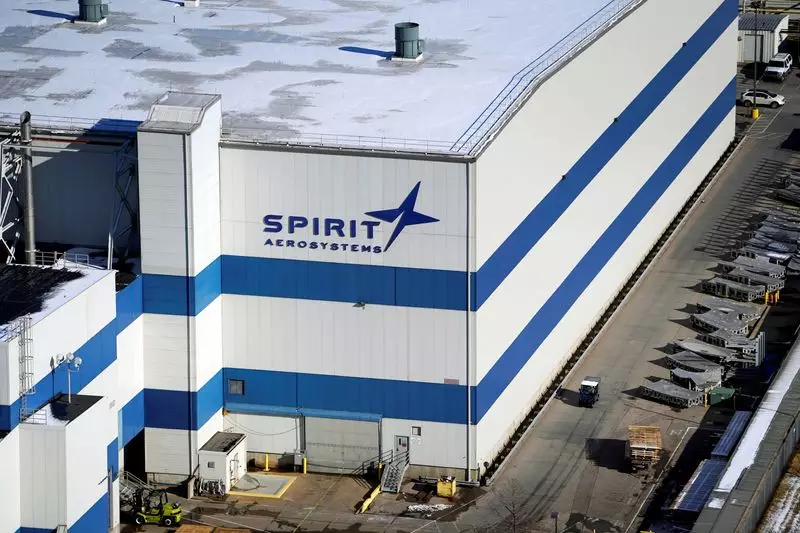In a dramatic twist in the aerospace sector, Airbus, the European aviation giant, is in advanced negotiations to finalize the acquisition of portions of Spirit Aerosystems, a troubled U.S. aerostructures supplier. This partnership, particularly centered around Spirit’s facilities crucial for Airbus’s A350 and A220 aircraft programs, is not merely a corporate takeover; it symbolizes a collaborative effort to stabilize the industry amidst financial turmoil. As Boeing edges out its former subsidiary and takes back the majority of Spirit’s operations, the urgent need for cooperation between these two leading manufacturers has elevated the stakes for the aeronautics realm.
Airbus’s CEO, Guillaume Faury, conveyed a cautiously optimistic tone regarding the integration of Spirit’s facilities into his operation. However, he tempered his enthusiasm with pragmatic insights about the hurdles that lie ahead. The phrase “not a walk in the park” resonates deeply within the context of mergers and acquisitions, particularly when dealing with entities entangled in financial distress. This operation’s complexity extends beyond the signing of contracts; it involves an arduous implementation process that will necessitate careful management and navigation of multiple logistical challenges.
The financial instability of Spirit Aerosystems, highlighted by their recent warning about long-term viability, serves as a backdrop to this intricate dance. With Spirit’s precarious position impacting its capacity to deliver, the repercussions could resonate through Airbus’s supply chain, necessitating a rigorous and organized response to mitigate potential disruptions to production schedules.
To address Spirit’s financial woes, both Boeing and Airbus are rallying support through significant financial infusions. Together, they have pledged a staggering $457 million to help stabilize Spirit while they finalize the restructuring deal. This proactive approach not only underscores the critical nature of Spirit’s role in the aerospace ecosystem but also the willingness of competitors to work collaboratively in mitigating industry-wide crises. Such actions suggest a realization that the end of one competitor should not lead to chain reactions causing more extensive industry damage.
Moreover, the transfer of financial resources indicates confidence in Spirit’s ability to successfully pivot into a more stable entity under the guardianship of its larger partners. With Airbus set to receive a $559 million payout from Spirit, contingent on the deal’s finalization and due diligence, we observe the interests of both companies aligning in pursuit of shared objectives.
One of the critical phases that lie ahead is the necessity for regulatory approval. The approval process often serves as a gauntlet for any merger, especially in industries as heavily scrutinized as aerospace. Regulatory bodies will not only evaluate the financial implications but also the competitive dynamics that may arise from such an acquisition. The challenge will be to convince authorities that this merger serves the best interests of the market rather than curtailing competition.
Furthermore, operational integration poses its own set of issues. from merging the cultures of two distinct organizations to establishing cohesive operational strategies. Each is inherently complex, yet they are vital for ensuring the new entity can function effectively and support the ambitious production targets set by Airbus for its next-generation aircraft.
As we look ahead, the aviation industry finds itself at a crossroads—one characterized by both peril and opportunity. The strategic maneuvering seen between Airbus and Spirit Aerosystems has the potential to reflect a new paradigm in aerospace manufacturing, one that values cooperation over competition in crisis management.
While the road ahead for Airbus and Spirit is fraught with challenges, their journey underscores a critical lesson about dependency in the modern supply chain—both companies are aware that the fate of their industries is intertwined, compelling them to adapt swiftly in a rapidly shifting landscape. In doing so, they not only redefine their business trajectories but also elevate the standards for a resilient aerospace industry that can withstand turbulence, whether it be financial or operational.

